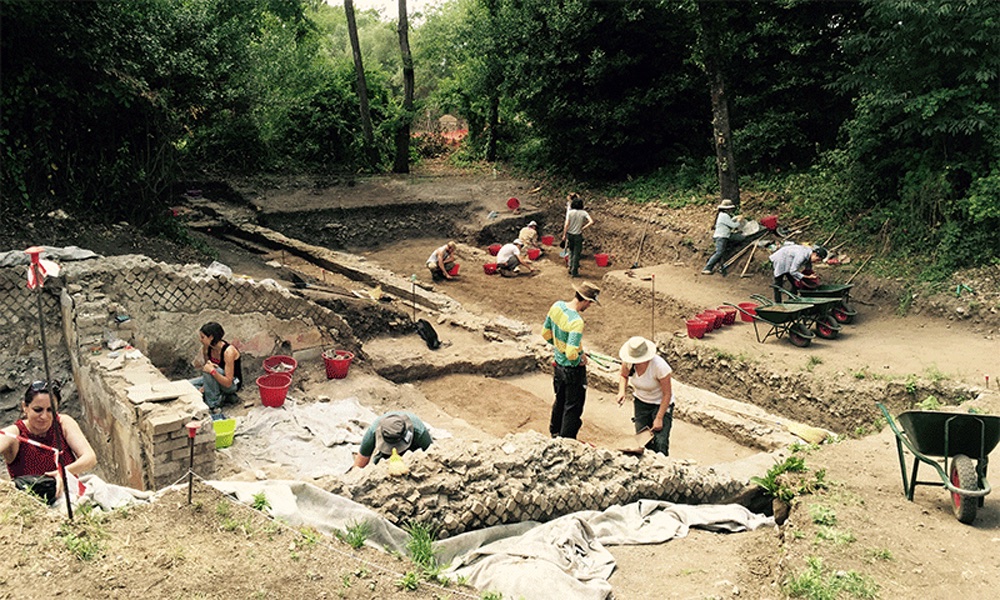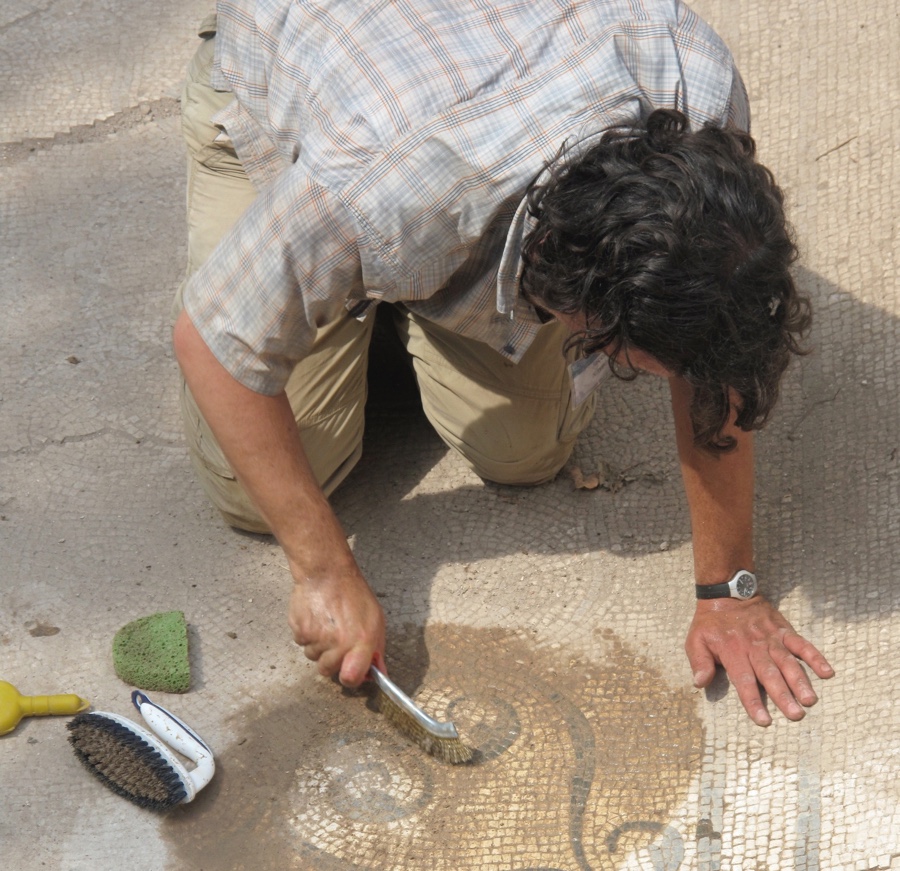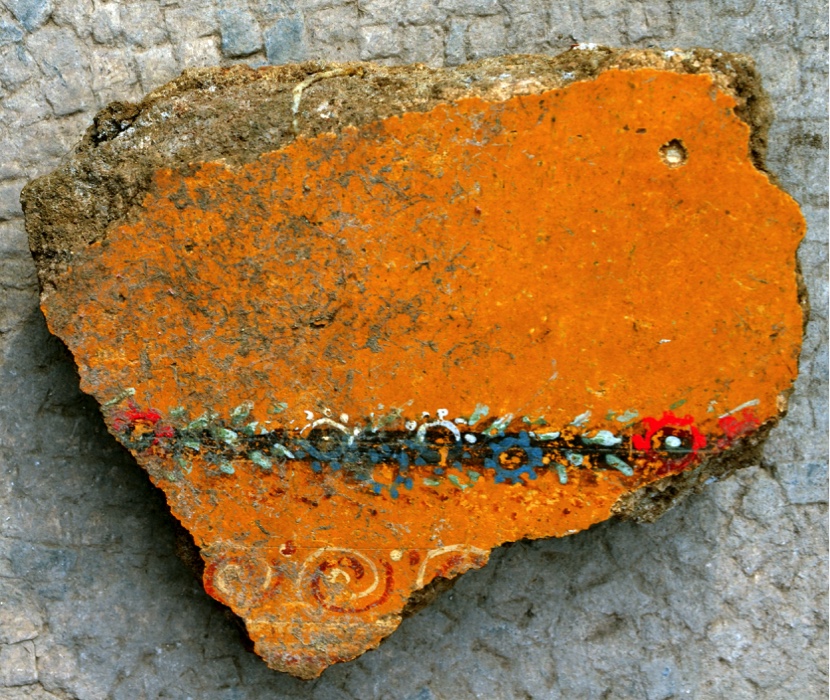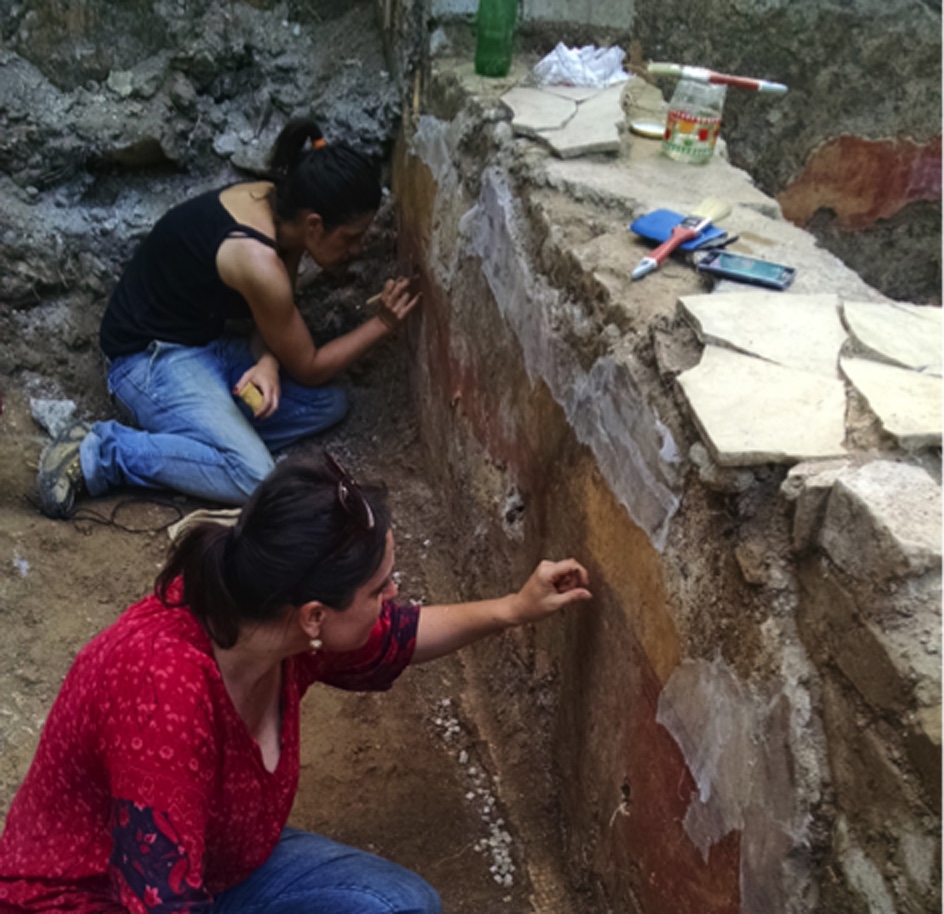Photos: Ancient Apartment Built by Roman Emperor
Ancient apartment

Archaeologists working at a villa built by the Roman Emperor Hadrian (reign A.D. 117-138) have discovered a building filled with art. The art includes mosaic floors, wall paintings and a ceiling fresco. Researchers believe that the apartment was used by a high-ranking individual who was not part of the emperor's closest entourage.
This photo shows the building being excavated by archaeologists. Geophysical survey indicates that the building is part of a larger unexcavated complex. What the rest of the complex holds remains to be discovered. [Read the full story on the ancient building]
In Hadrian's Villa

Here, the 1,900-year-old building before it was excavated. Trees and bushes grew over it. The apartment was part of Hadrian's Villa, which is located about 19 miles (30 kilometers) from Rome and would have occupied a land area of about 300 acres (120 hectares) — or almost twice that of the city of Pompeii.
Mosaic floors

Inside the building were well-preserved works of art, including well-preserved mosaic floors, marble panels, wall paintings and a ceiling fresco. Slowly, bit by bit, the mosaic floors of the building are being revealed. Archaeologists found that it contains abstract and vegetal patterns.
Jigsaw puzzle

Much of the art in the ancient apartment was found in pieces and needs to be conserved and put back together. Researchers say that it is liking putting together a jigsaw puzzle. The photo shows a small part of the fresco that covered the ceiling of the building. The colors of the fresco are well preserved, having survived nearly two millennia of time. When the fresco is put back together, archaeologists will show it to the public.
Colorful wall

The building's colorful wall paintings are gradually being conserved and put back together. Eventually researchers will get a clear idea of what they show.
To find out more about the site, the team carried out radar scans and other geophysical survey techniques aimed at getting a look at what was beneath the ground. They found that the apartment is part of a larger unexcavated complex within Hadrian's Villa.
Get the world’s most fascinating discoveries delivered straight to your inbox.
Hadrian Villa Building - 6

The process of conserving the building's art and putting it back together require careful work that takes time. This photo shows researchers working on some of the wall paintings from the building.
Hadrian Villa Building - 7

Hadrian's Villa was used as a retreat by the Roman Emperor Hadrian and his successors. It sprawls over 120 hectares (almost 300 acres) of land and includes shrines, palaces, baths, libraries and gardens. Excavations have taken place at the villa for centuries. This photo shows some large baths that were excavated in the 1930s.

Owen Jarus is a regular contributor to Live Science who writes about archaeology and humans' past. He has also written for The Independent (UK), The Canadian Press (CP) and The Associated Press (AP), among others. Owen has a bachelor of arts degree from the University of Toronto and a journalism degree from Ryerson University.


